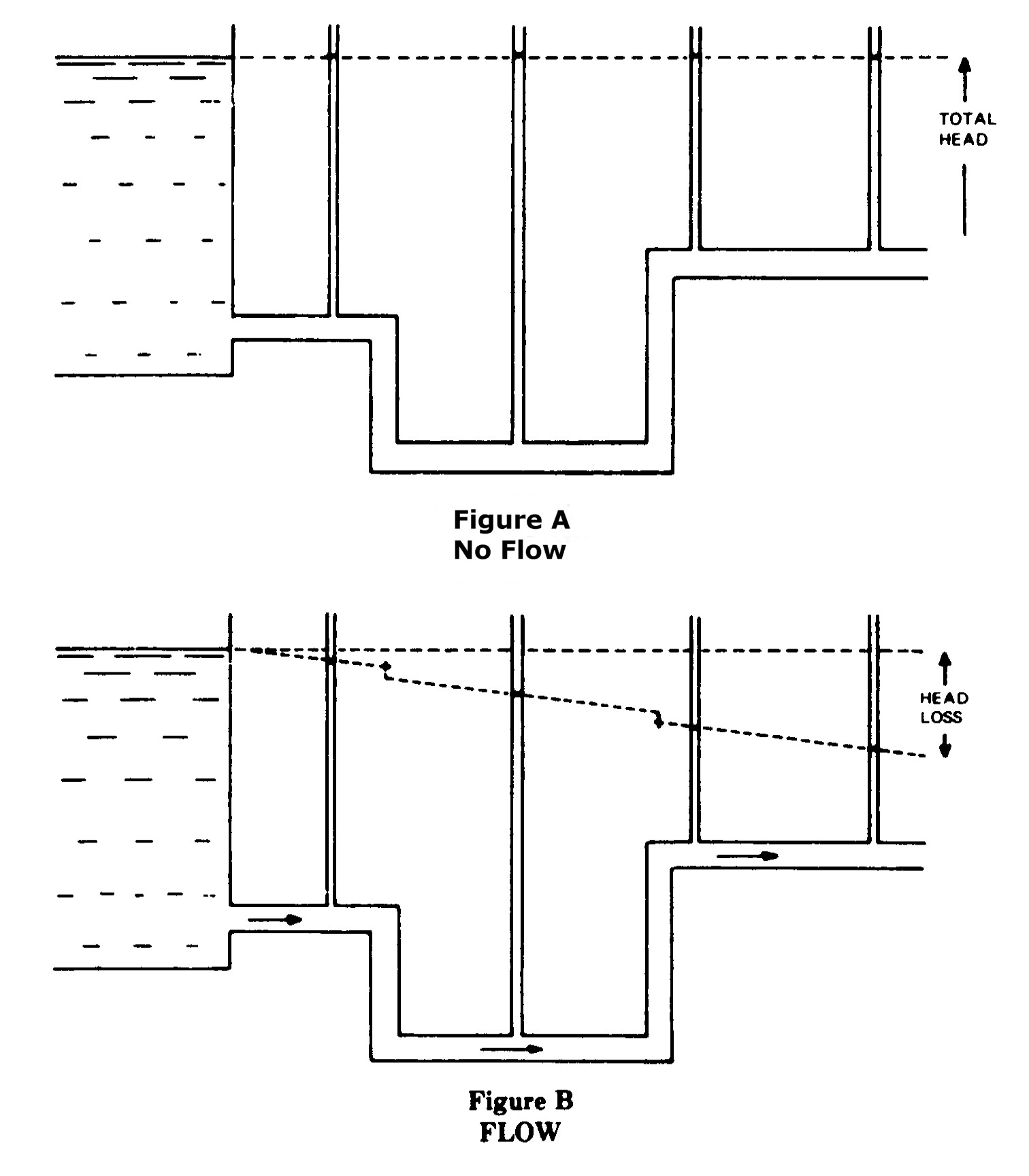
- The TRUTH About America's Water
- Water Pollutants that Cause Illness
- Are Minerals in Water Important for Health?
- Top 5 Drinking Water Contaminants
- Do I Need a Whole House Water Filter?
WATER SOFTENER INSTALLATION - pressure drop considerations

In making an installation, it's sound practice at the outset to drain all the pipes. Shut off the water at the meter or tank; Open laundry faucets, hot and cold. Proceed to open all other hot and cold water faucets in the house. Also, trip the toilets. This lets air into the lines and permits the pipes to drain. It is advisable to reduce the water level in the water heater at the same time. Some dealers drain and clean the heater while making their installation. This permits them to provide their customers soft hot water right from the start. If you follow this practice, care should be taken to turn off the main burner if it is a gas unit or pull the switch if it is an electrical unit. Upon completion of the job, care should be taken to fill all pipes slowly and completely. As air is cleared from the lines, and water flows steadily from the taps, they should be closed. Begin with the basement taps and then move to the first and second floors as water flows to the higher levels.
Up to this point we have not considered the effect of pressure drop on a water softener installation. This factor should not be overlooked for satisfactory results. While we do not normally associate friction with liquids, friction actually can be a significant factor in a water system. For every foot of pipe in a system, there is a definite and measurable resistance to flow due to friction. Every change in the direction of flow, every plumbing fitting, every restriction no matter what its cause, produces a loss in the energy developed by the water system pump, whether it be a private or municipal system. The pressure of water is expressed in several different units. The common units used in our industry are pounds per square inch (psi); "head" in feet (of water); and in some laboratory tests as inches of mercury.
The concept of the "head" of water may be illustrated in diagrams. If instead of using conventional pressure gauges, it were practical to install a series of long tubes (top open to the atmosphere) in a water line, the pressure on the water in the line would force water up the tubes until the weight of water in each tube just balanced the water pressure. The height of water in each tube, or "head," is proportionate to the pressure in the water line at the entrance to the tube.

Under conditions where the water is not flowing through the line, the water in each of the tubes would be at the same level (Figure A). However, as soon as water flows in the line, the height of the water in the tubes will change, as indicated (Figure B). This change in height of the water is referred to as "head loss" or "pressure drop," and increases rapidly with increases in the flow rate. Note that the diameter of the tubes has no effect on the height of water in the column.
It is obvious that it would be most inconvenient to install a tall transparent tube in a line at every point where a pressure reading might be desired, particularly when 2.31 feet of the tube is equal to 1 psi. Thus, a 20 psi pressure would produce a water column 46.20 feet tall. In addition, it is more convenient to use the smaller numbers common with the units of pounds per square inch. However, a great deal of hydraulic data is still expressed in feet of the head, but it may be converted readily to other units. Mercury is frequently used in laboratory manometers to take pressure readings for several reasons:
- It is a primary standard that does not get out of adjustment readily.
- It is approximately 13.5 times as heavy as water, making possible a much shorter tube.
Thus, it provides excellent accuracy within a reasonable height. The factors for the various conversions of pressure units are given in Table 1.
When an installation of water conditioning equipment is being planned, it is wise to check the plumbing in the home carefully. Depending upon the size of the pipe, the number of fittings, and the height to which the water must be delivered, the proposed softener, for example, maybe adequate or maybe seriously undersized.
Read: Next

